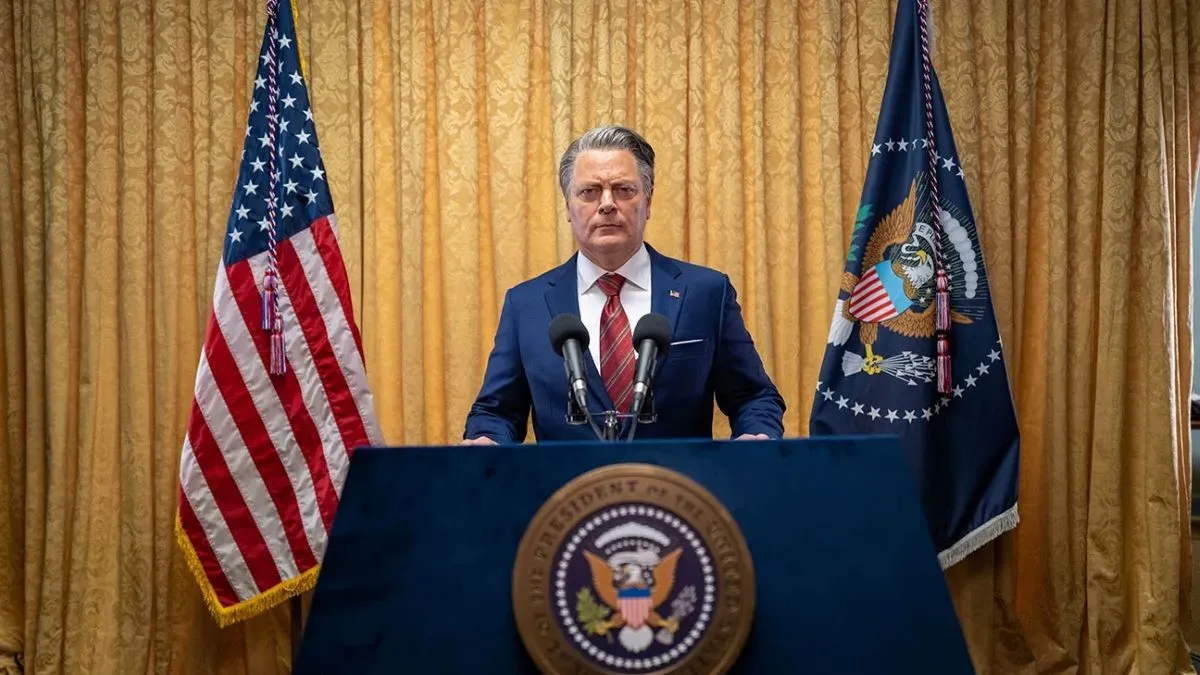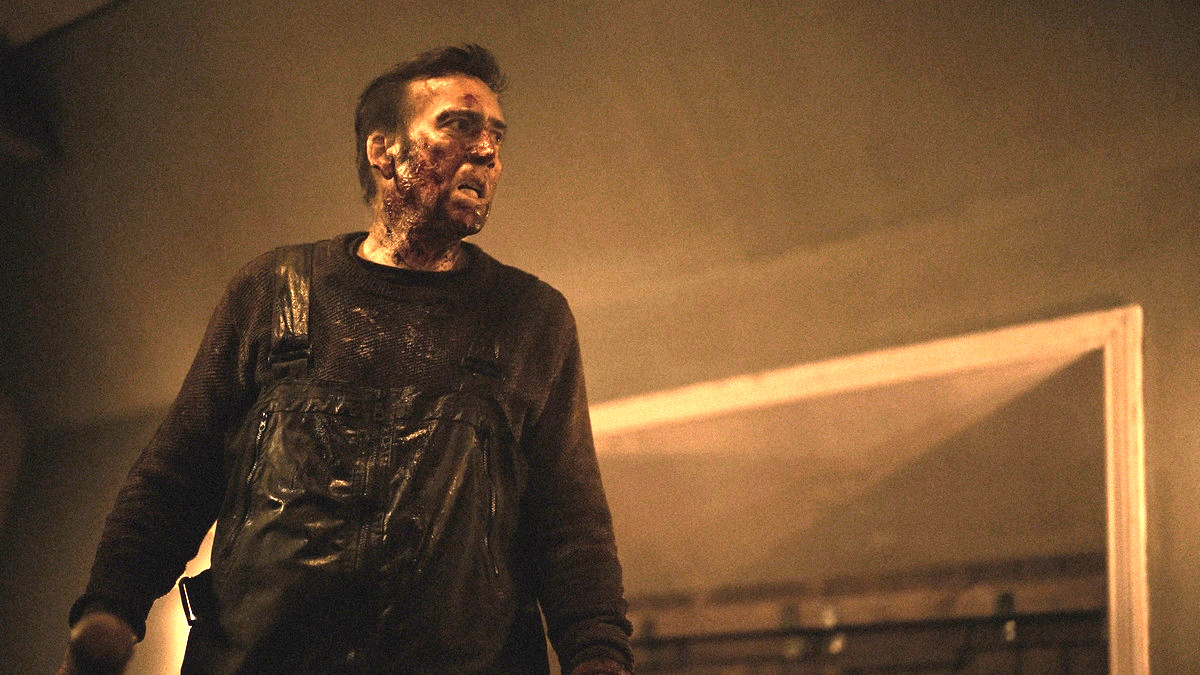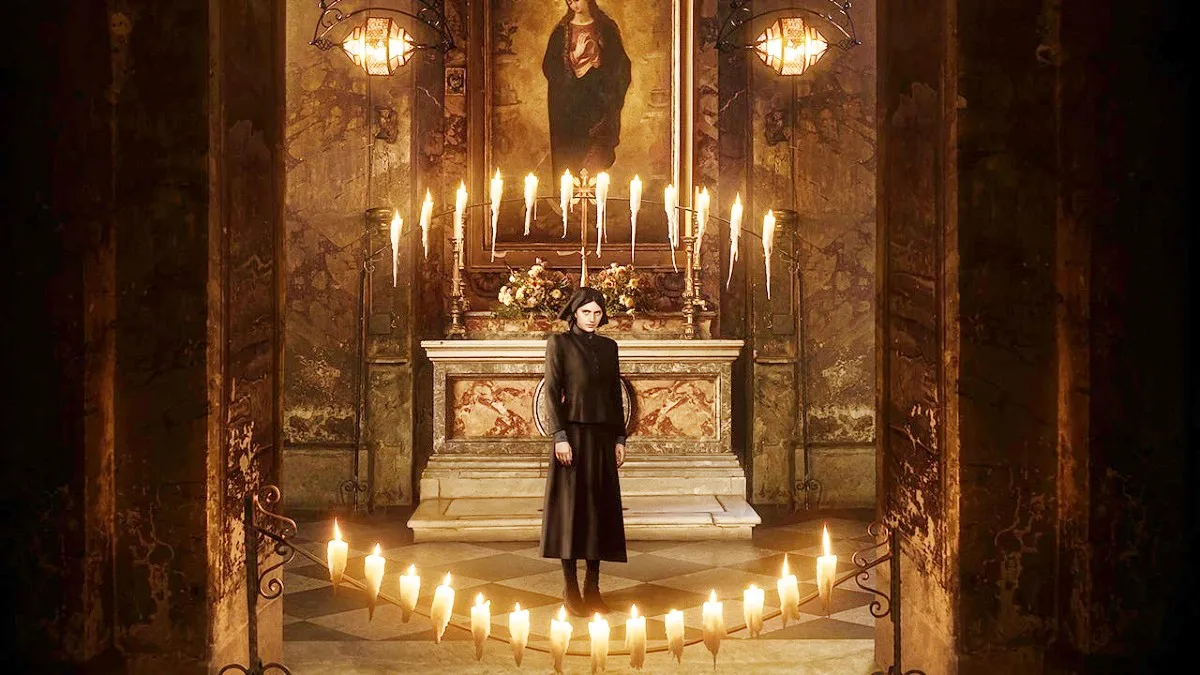
“Signaling Risk” is the best episode of Silicon Valley so far, and the show’s first great one. I realize that’s a declaration that runs the risk of sounding both hyperbolic and inconsequential: the former because “Signaling Risk” doesn’t on its surface appear to be all that different from the four episodes that preceded it, and the latter because five possible nominees for GOAT status (that’s Greatest of All Time) doesn’t exactly leave you overwhelmed with choice. But this one is a subtle real game-changer: uproarious, precisely tuned, and surprisingly affecting, “Signaling Risk” does just the opposite of its title, and might well be hinting at what Silicon Valley looks like when operating at peak efficiency.
It’s almost a shame the episode ends up hiding a bit of its brilliance behind spray-paint porno, because most will spend tonight’s episode first thinking about which was better: Dinesh boning the Statue of Liberty while in Aztec warrior garb, or Dinesh boning Erlich dressed as the Statue of Liberty. Whereas drama is often well served by telling, but not showing you something (ex: the shark in Jaws, whatever’s in the briefcase in Pulp Fiction), comedy exists to shine a spotlight on the absurd and ridiculous. You never want to start a show with a showstopper, but Silicon Valley‘s proud display of what Erlich’s patronage has bought him almost seems like a dare to go further in the future. For as bawdy as Silicon Valley has been thus far (and tonight did find time to fill us in on Gilfoyle’s refractory period, just for the hell of it), it’s going to be hard to top the gang’s first two attempts at creating a logo for Pied Piper.
The outrageousness of the gag works in the moment, but what Silicon Valley increasingly shows is an understanding of joke and storytelling structure that goes beyond just cranking the filth up to 11 because it’s on cable. The two major dependents on The Rule of Threes are storytelling, structure and comedy (minor examples: celebrity deaths, video game boss battles, Stooges), and they follow the same steps: incident, complication, resolution. The three murals displayed over the course of the episode act as signposts for where the characters are at, while also adding fuel to the Catastrophe of the Week with each iteration. “Signaling Risk” gets to have it both ways with the murals, leaving the guys with one that marks the start of their company coming together as one for the first time, and leaving one with Gavin Belson so that the image of Erlich getting boned will live on in all its glory for a while yet.
Part of the fun of the episode is in how it slowly reveals itself as the tightest half hour of the show yet, even as it opens as anything but. “Chaos” is how Jared puts the state of things when casting his corporate eye on the state of Pied Piper, and “Signaling Risk” makes a great case for the Hacker Hostel in its nature state: you don’t get bits like Erlich hurrying the gang into the Aviato-mobile to avoid a potential drive-by, or Dinesh and Gilfoyle playing Hide-and-Go-Sniff without a corporate culture that plays things fast and loose. The show has, to this point, established it can play the part of a gutter-minded hangout romp, riding one silly riff to the next, with Richard, rail spike that he is, providing a narrative track to hold everything together.
That he doesn’t show up until the five-minute marker of tonight’s episode would seem to indicate a lack of interest in him as a lead character, or any kind of central story pushing the craziness along plot points. What “Signaling Risk” does that makes it a game changer is suddenly make the story matter. Not just Richard’s, but everyone’s. Yes, millions, perhaps billions of dollars have been potentially up for grabs since it started, but Silicon Valley’s stakes have mostly been resigned to the backburner so far, letting us absorb the ins and outs of the valley and the people populating it. But as indicated by the opening helicopter shot, Silicon Valley is ready to start thinking bigger.
What makes this the show’s first really great episode is that, not coincidentally, it’s the first to use every tool at Silicon Valley’s disposal, and use them all well. With the exception of Bighead, who’s still something of a wandering interloper, every single character has something at stake tonight. Not just Richard, or the guys at the hacker hostel: Gavin Belson, Peter Gregory, and even Monica all get pulled into the black hole Richard didn’t realize he had opened months earlier, having entered Pied Piper in the TechCrunch Disrupt, a kind of science fair for startups, well before Peter Gregory entered his life. With more than half-a-dozen character stories to tell tonight instead of just the usual one for Richard and whomever he’s dealing with, chaos naturally ensues. But from that chaos comes order, and “Signaling Risk” demonstrates how a more organized version of Silicon Valley is by no means a lesser one.
The struggle between structure and anarchy plays out over the course of Jared’s attempts to establish a workable corporate culture for Pied Piper, with the seemingly impossible task of synergizing Dinesh and Gilfoyle being at the top of his workflow. The two have the least figurative and literal investment in the company of any Pied Piper employee, which is why they’ve comfortably filled the role of bickering Rosencrantzs and Guildensterns up until now. But they are vital to the company, and the show. Jared recognizing he can exploit their competitive pettiness for the benefit of the company allows all three (though Dinesh and Gilfoyle might as well be a single entity at this point) to find their place in the newly focused Pied Piper, but still retain the traits that make them funny and unique personalities.





